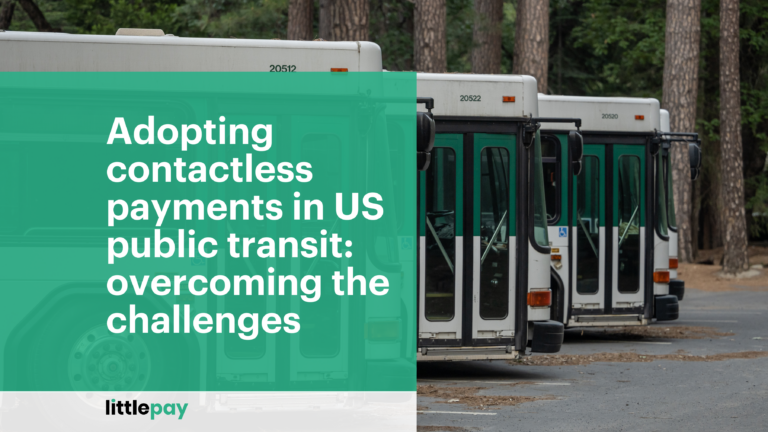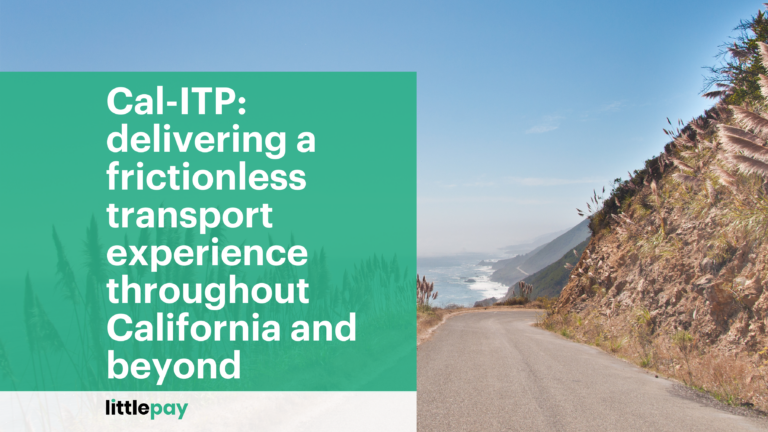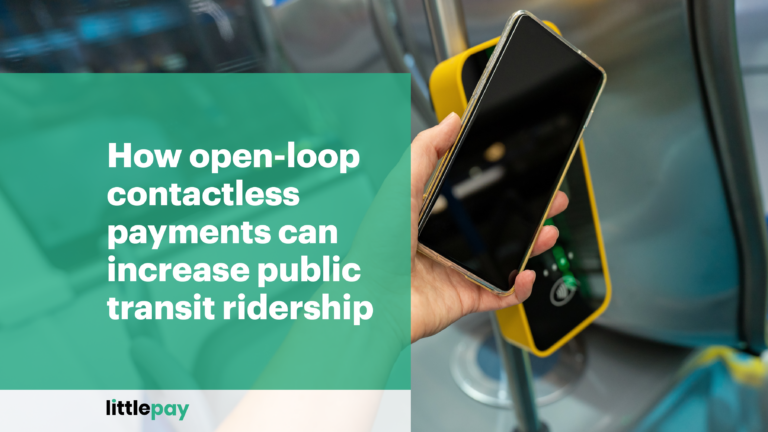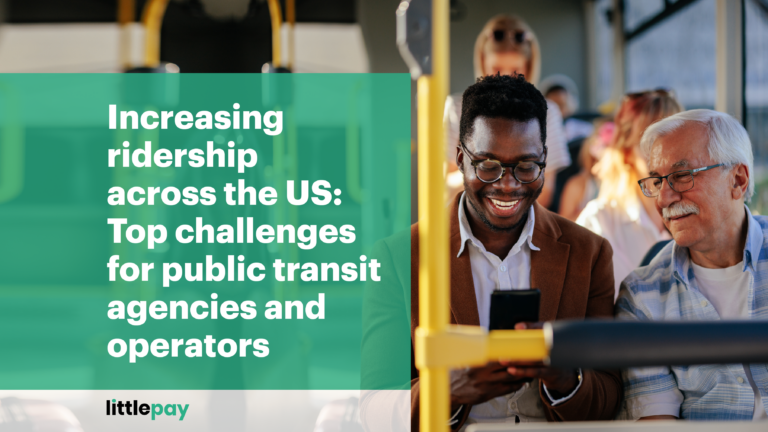
Adopting contactless payments in US public transit: overcoming the challenges
Contactless payments are transforming public transit in the US one

Astonishingly, customer-centricity – an approach to operating that focuses on providing a positive customer experience that fosters loyalty – has traditionally been an afterthought in the public transport sector. This myopic approach to the provision of transit services that puts capacity before customers is no longer sustainable amid societal change.
The modern public transport passenger demands the same levels of convenience, reliability, affordability, security, and accessibility they experience elsewhere from the moment they step on board. Their evolving needs and preferences mean public transit agencies (PTA) and public transit operators (PTO) must pivot from providing generic, one-size-fits-all transport solutions to customer-centric alternatives.
This shift in customer expectations and behavior hasn’t happened overnight; it’s a by-product of several factors, including:
For PTAs and PTOs to drive ridership growth and loyalty, they must keep pace with these shifting expectations by prioritizing the passenger experience. The first step on this journey is awareness of the common challenges and frustrations experienced by these transit riders.
Public transit ridership in the US totaled 7.1 billion trips in 2023 – a 16% increase from 2022. With people using public transport so frequently, common challenges they experience aren’t just frustrating, they’re unacceptable to modern passengers, including:
By addressing these pain points PTAs and PTOs will improve customer satisfaction and encourage repeat ridership. To be successful, they must understand that today’s connected and mobile citizens expect safe, efficient, and digital public transport services – much like those they experience and frequently use from FinTechs and online retailers.
The modern passengers’ demand for integrated digital solutions to guide their travels includes unified payment processes that replace physical tickets, vending machines, kiosks, cash and smart cards with convenience. A Visa survey ‘The Future of Urban Mobility’ underscores a growing expectation for hassle-free digital payments on public transit networks, with 9 out of 10 riders expecting public transit to offer contactless services.
This has prompted the adoption of contactless open-loop transit payment systems that empower PTAs and PTOs to sever ties with cash and legacy infrastructure. Tap-to-pay with a contactless bank card or mobile wallet delivers an effortless experience that removes the need for passengers to think about buying a ticket or topping up a smart card – increasing ridership.
Public transportation should enable the daily lives of transit-dependent riders, not create barriers. Narrow offerings that are designed specifically for commuters and native speakers exclude diverse passenger demographics. For instance, these essential services provide a lifeline for groups like seniors and people with disabilities who rely on public transport to access health services and local amenities.
All passengers deserve fair access to transportation regardless of their socioeconomic status. This brings the need to make networks equitable for the unbanked and underbanked – people who do not use the services of any banking institution, and those who have insufficient access to financial services – into sharp focus for transit authorities. Key to this is providing them with seamless access to discounted fares.
The ubiquity of smartphones means passengers are accustomed to having the world at their fingertips. This ‘on demand’ economy has established a culture of immediacy which is impacting the demand for information about public transport services and how it’s communicated.
PTAs and PTOs must satisfy passenger demand for timely and accurate information that is digital, tailored and predictive, with commercial interactions across the network delivered on a single channel – including routes, schedules, fares, and service disruptions.
For example, Google, Littlepay and Go-Ahead’s industry-first initiative provides passengers with oversight of their travel and payment history, progress towards the next fare cap and the savings being made directly on their phone.
The modern passenger’s needs and preferences are being molded by an enriching force that underpins their everyday lives: technology – from apps to AI. To deliver a frictionless customer experience that satisfies their technology-enabled expectations, PTAs and PTOs must invest in innovation like contactless payments, mobile apps, and real-time tracking.
Take fare capping for instance. According to a Visa survey, nearly half (47%) of public transit riders would use services more often if rides were fare-capped compared. When introduced as part of an open-loop system – by seamlessly facilitating payment networks like Visa and Mastercard and mobile payment services like Google Pay and Apple Pay – fare capping can increase affordability without sacrificing ease of use. Further evidence of how contactless payments on public transport can elevate the passenger experience.
You can expand your understanding of how contactless open-loop payments can help PTAs and PTOs improve the passenger experience by reading our accompanying blog.

Contactless payments are transforming public transit in the US one

Sustainability, mobility and equity have become touchstones of modern public

Successful apps have one thing in common. They just work.

America’s public transportation systems face existential challenges. Ridership hasn’t yet